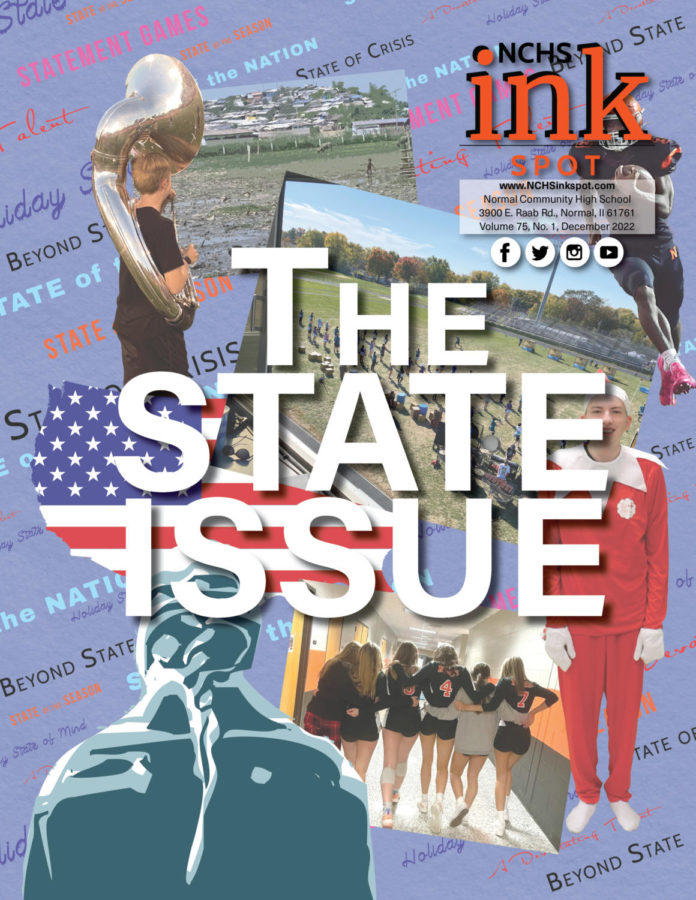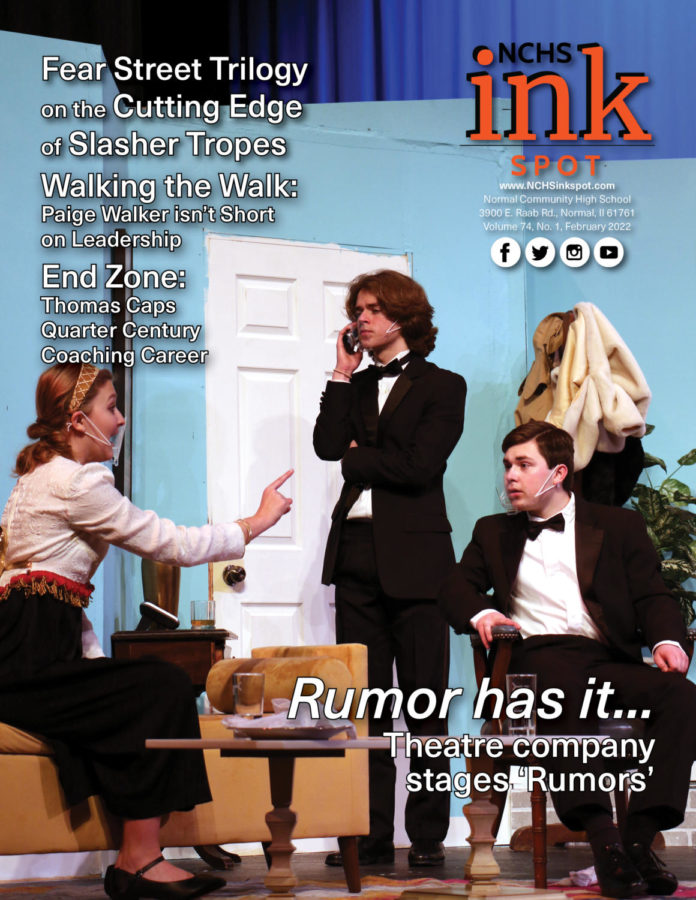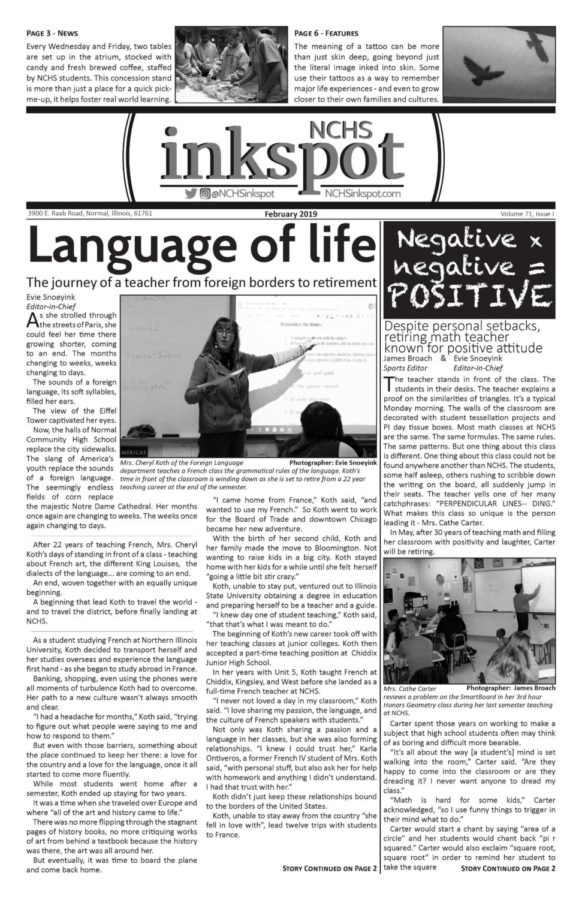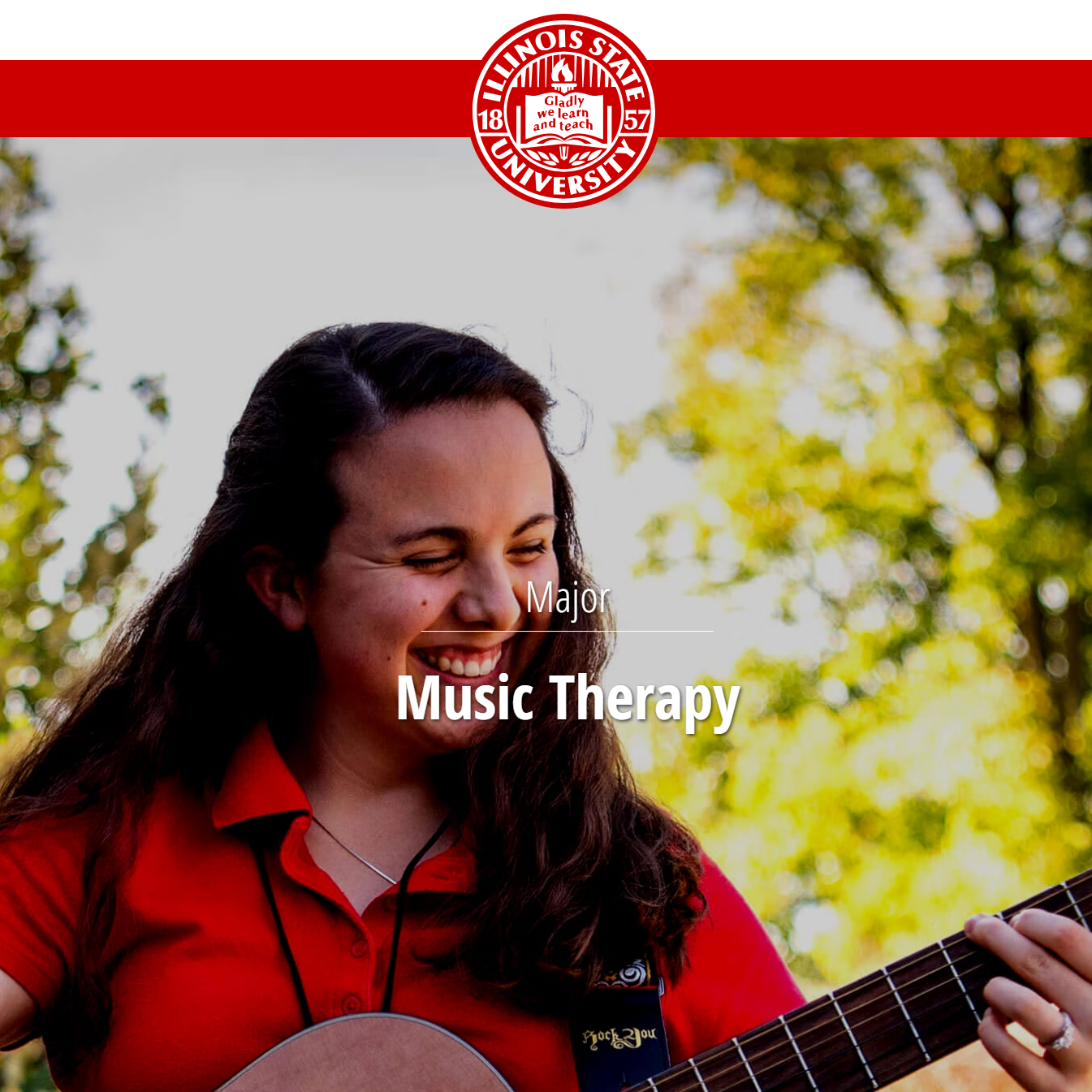Ten music students gathered in the choir room before school on April 24 for an interactive presentation introducing music therapy, a growing field that blends music and healthcare.
Led by Madison Larson, a graduate student in Illinois State University’s music therapy program, the session featured drum circles, improvised rhythms and hands-on use of maracas and percussion instruments.
Larson, who originally studied vocal performance, shifted her focus after learning about music therapy. Now she is working to promote awareness of the profession and its ability to support individuals with emotional, cognitive and physical needs.
Students from band, orchestra and choir attended Larson’s presentation, part of the Music department’s effort to highlight the diverse careers available through studying music after high school.
“Even though it was small, it was still great,” Music department head and choir teacher Mr. Ben Luginbuhl said. “I was worried we weren’t going to have anybody, so I was thrilled.”
Scheduling conflicts and competing club meetings kept attendance low, but the turnout didn’t lessen the event’s impact.
Luginbuhl said the real value came from exposing students to an often-overlooked music career.
“How many people do you know who use music when they’re happy, when they’re sad—every emotion?” Luginbuhl said. “Music is such a big part of our lives, and this is a field that has tremendous potential to be really helpful.”
Larson guided students through the session by demonstrating how music can be used for healing and communication. Students participated by creating group rhythms and learning how music therapy can engage focus, memory and emotion.
“That kind of was a light bulb for me,” Luginbuhl said. “How things that are simple to [musicians] are great for keeping people’s focus.”
Another benefit of the presentation was its potential to shift perceptions about mental health support—something junior Audra Wolf, who attended the session, found especially valuable.
“I think it can help destigmatize what some people might think about therapy in general,” Wolf said.
Even those who don’t plan to pursue music therapy, Wolf said, walked away from the session with a broader understanding of what music—and therapy—can do.



![Community honors longtime coach Mr. Bryan Thomas before Oct. 3 game [photo gallery]](https://nchsinkspot.com/wp-content/uploads/2025/10/Thomas-6-1200x1200.jpg)
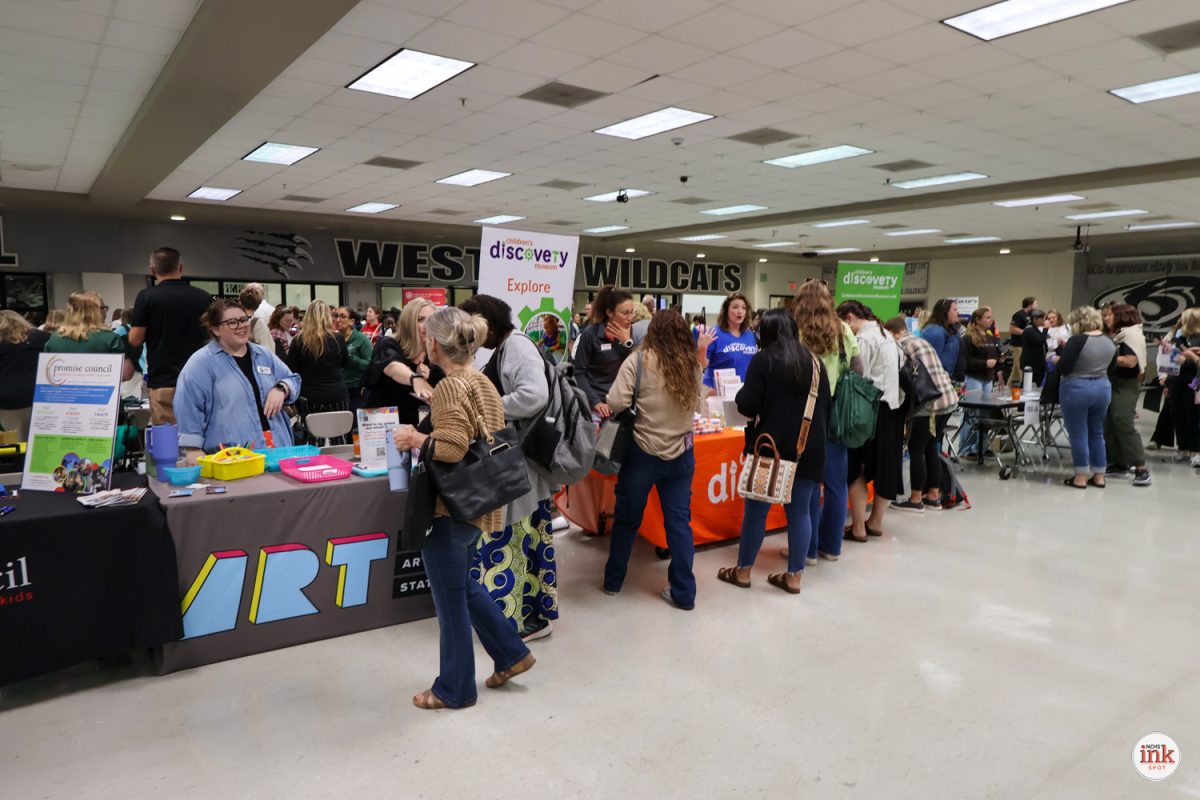
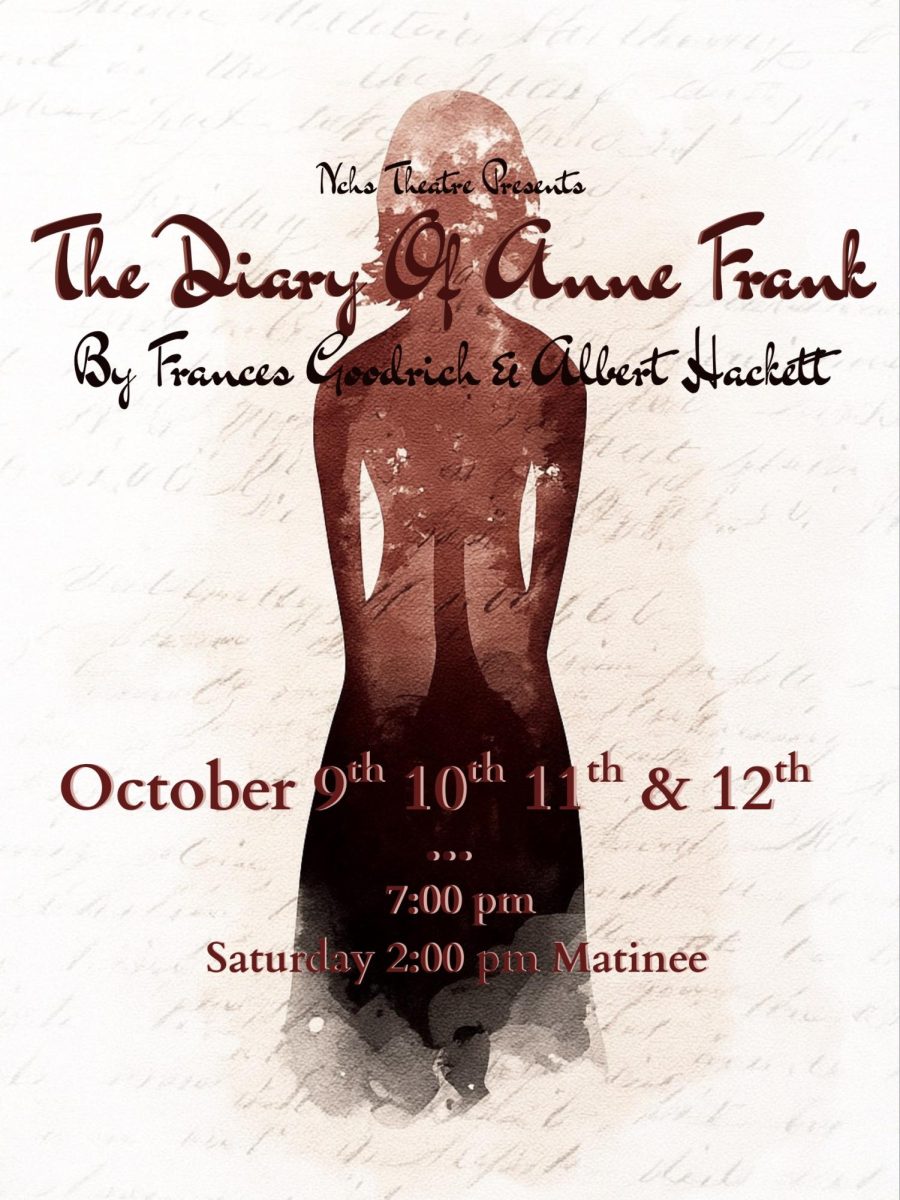
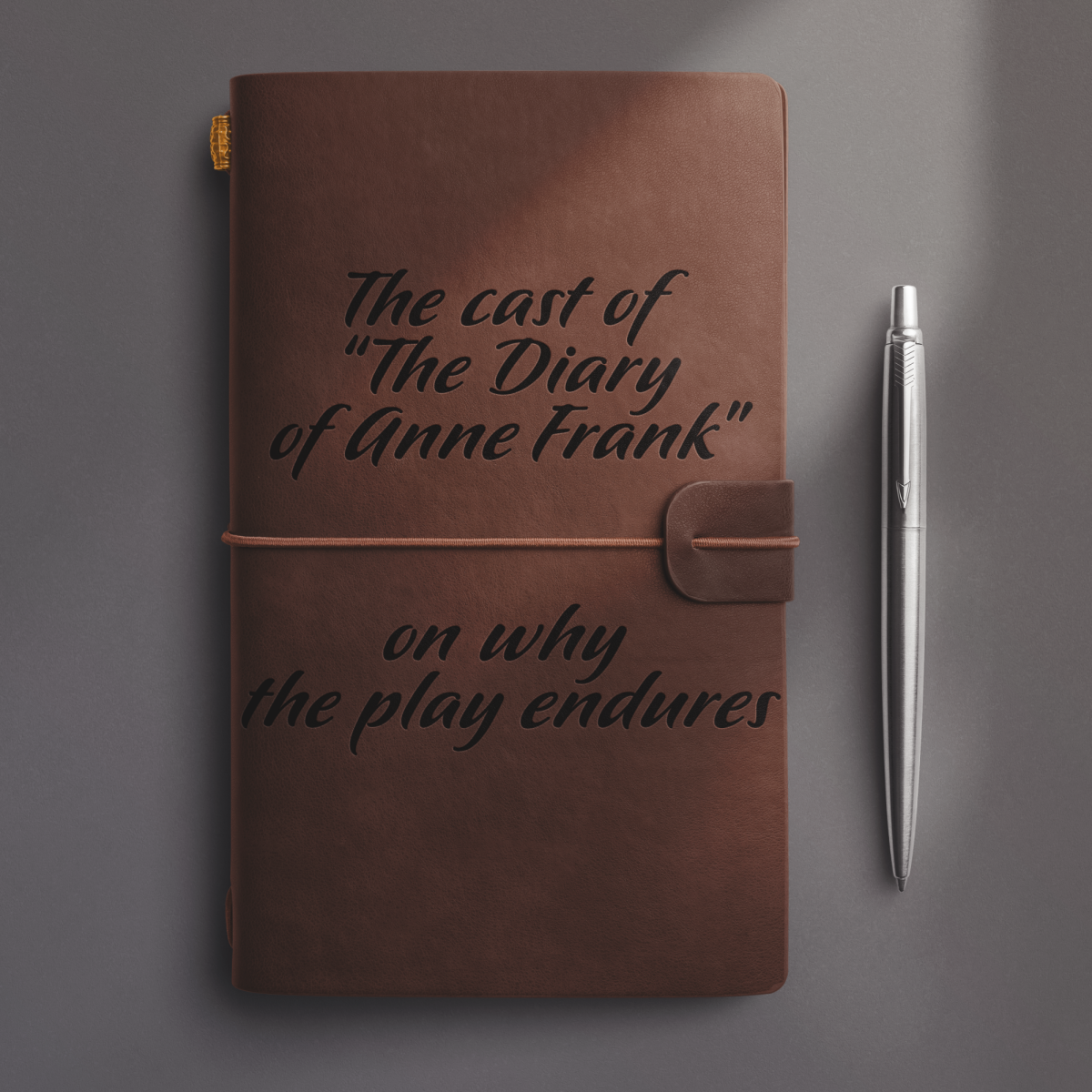
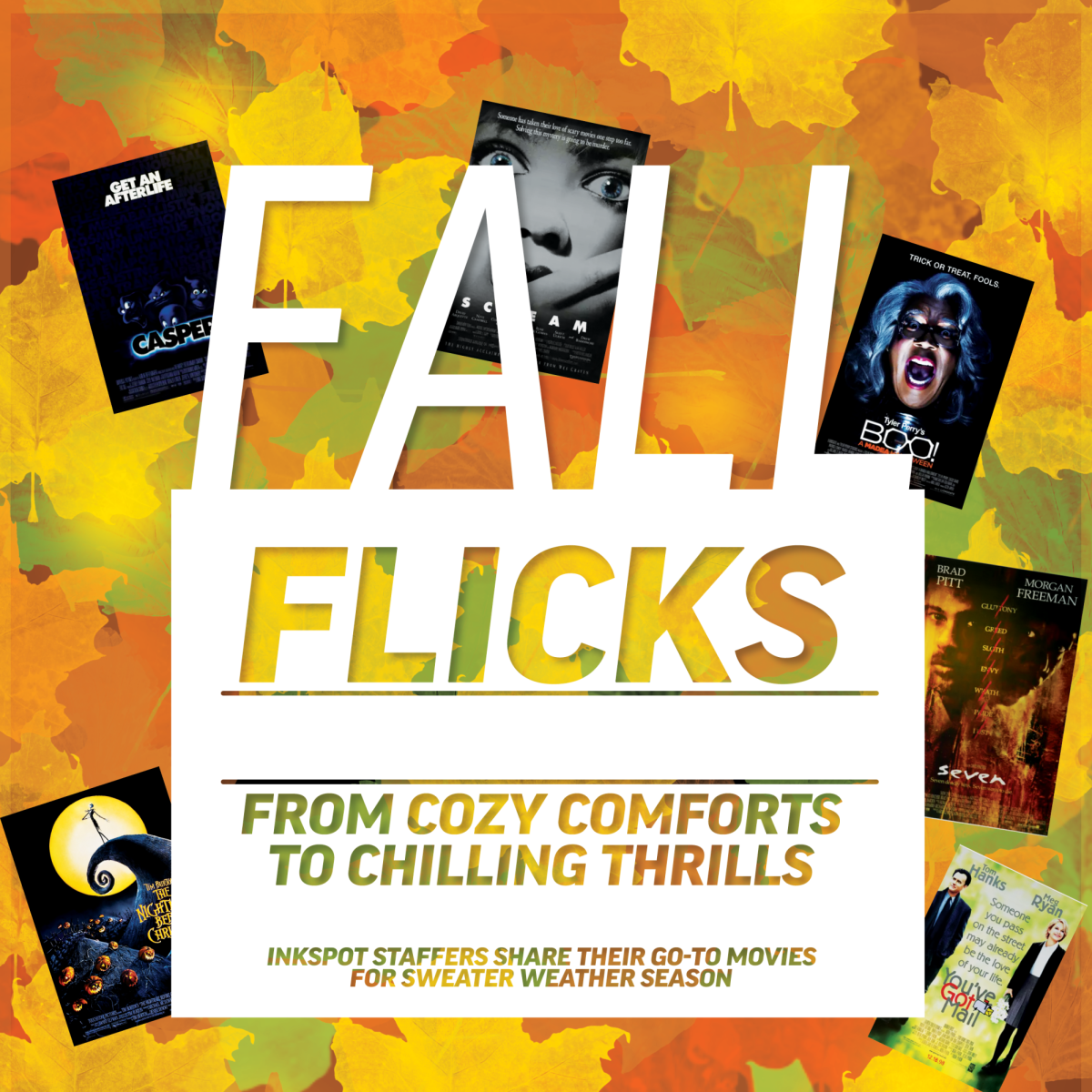


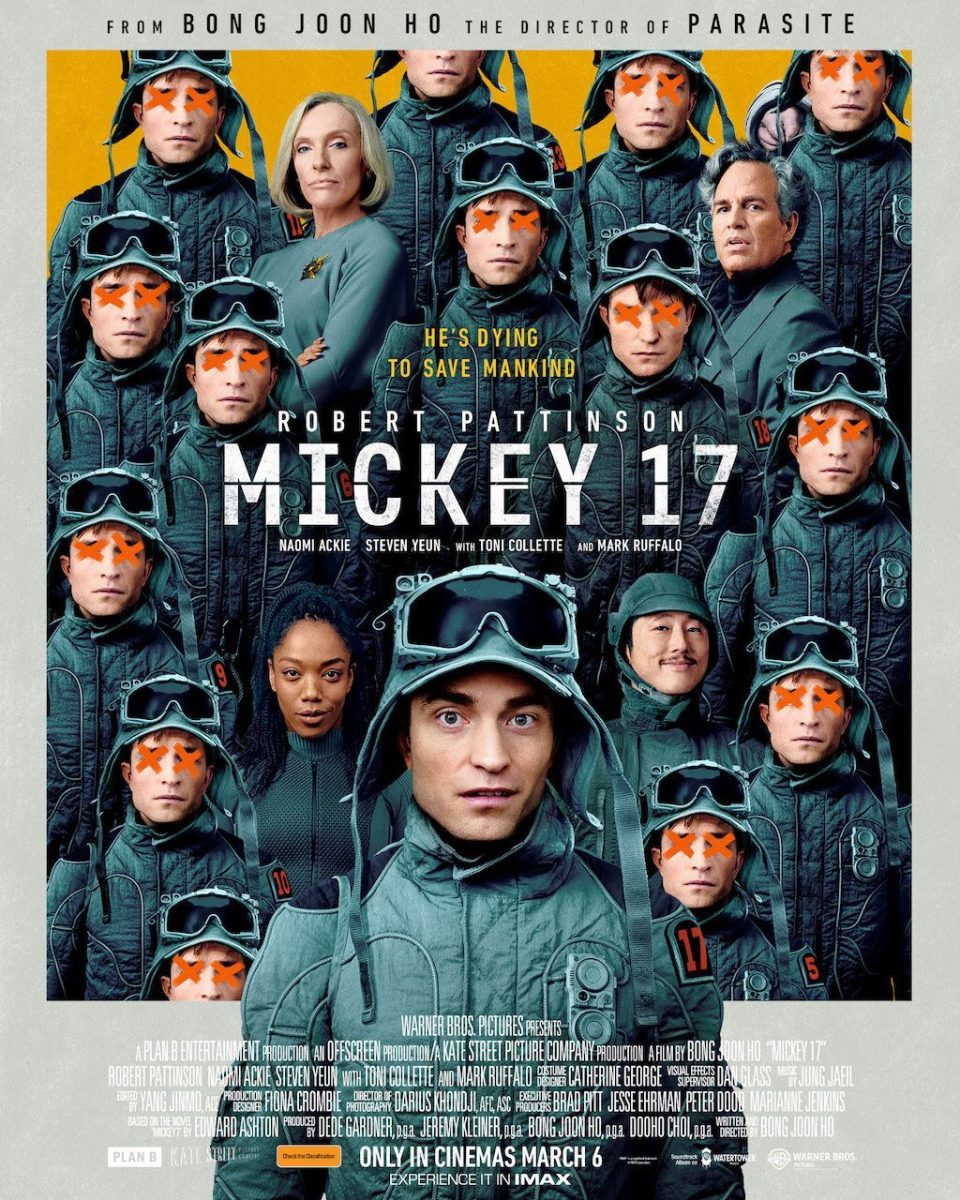

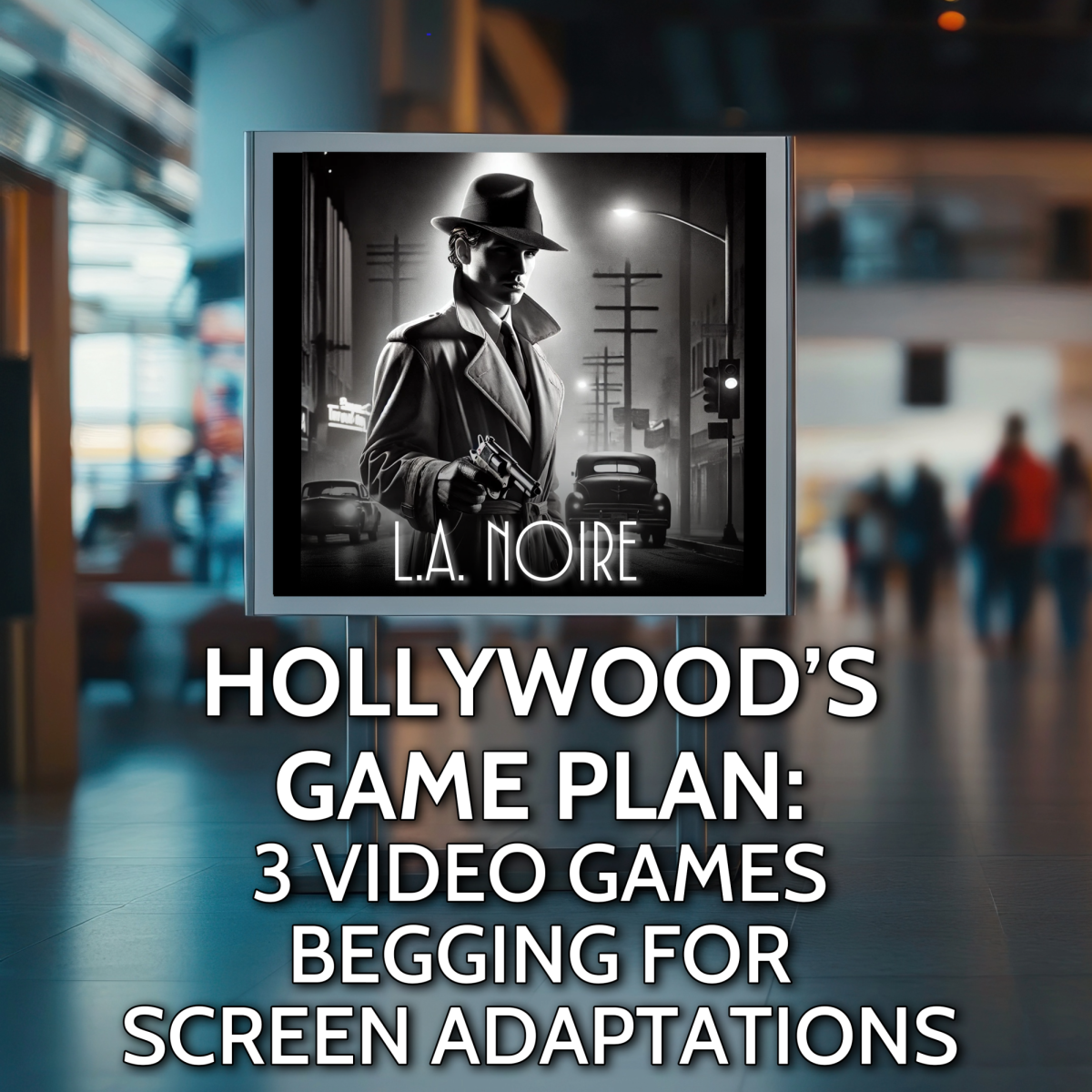
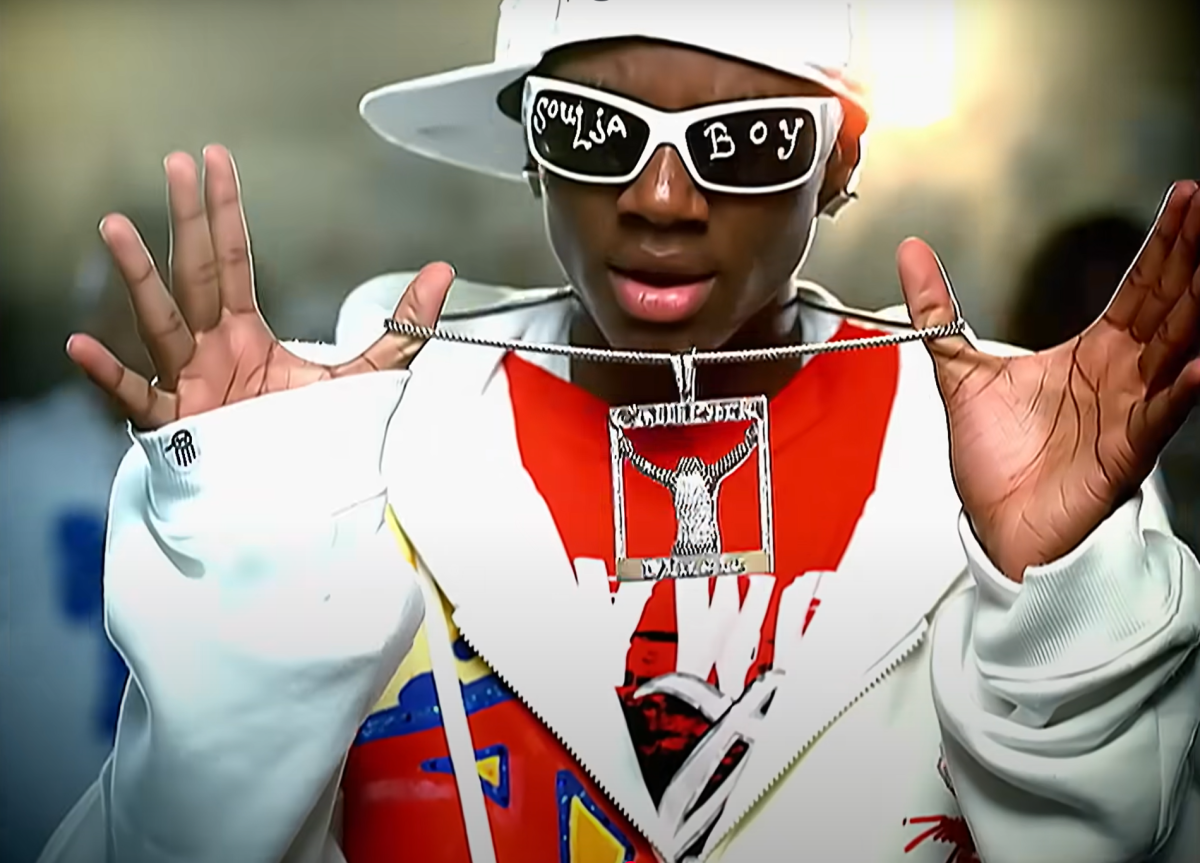
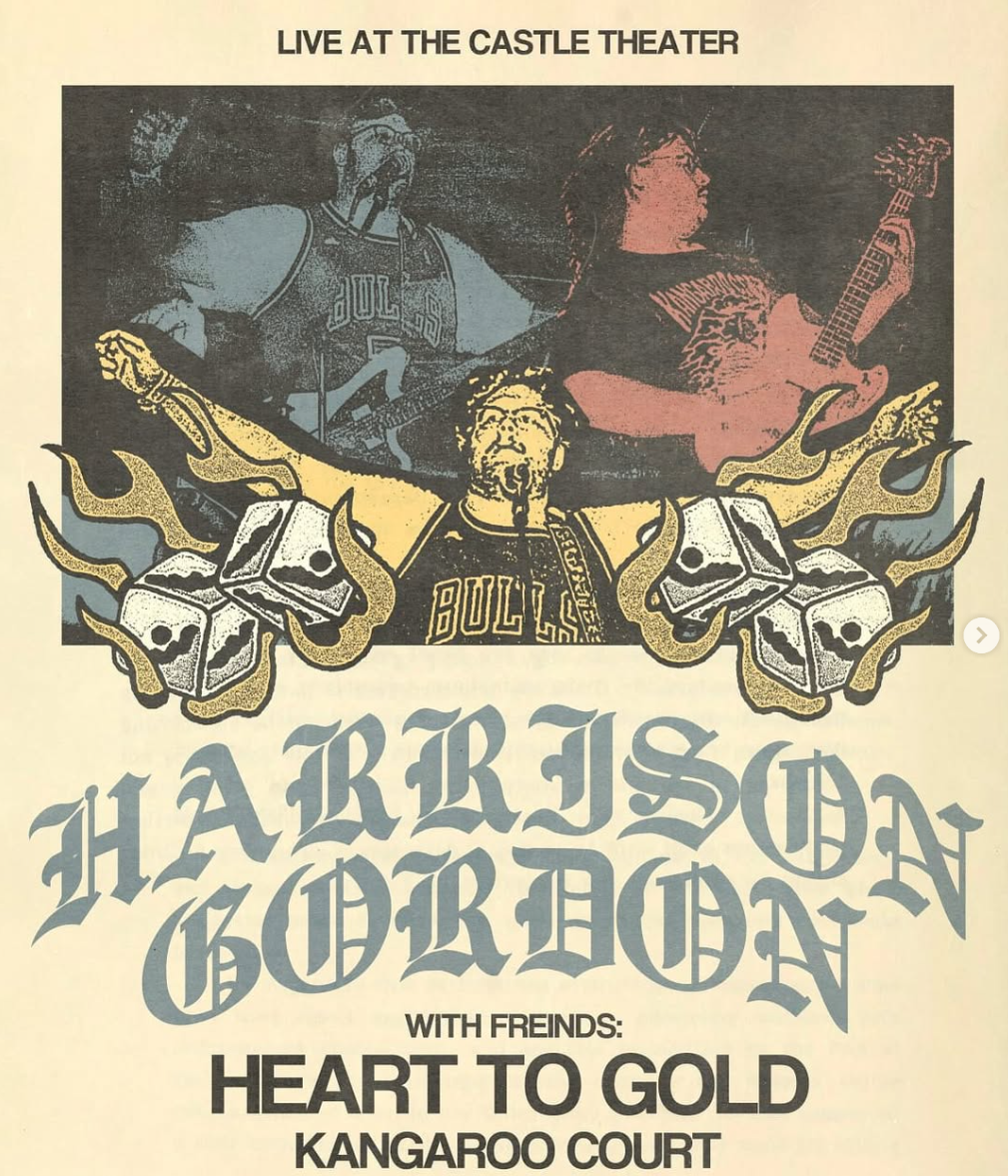
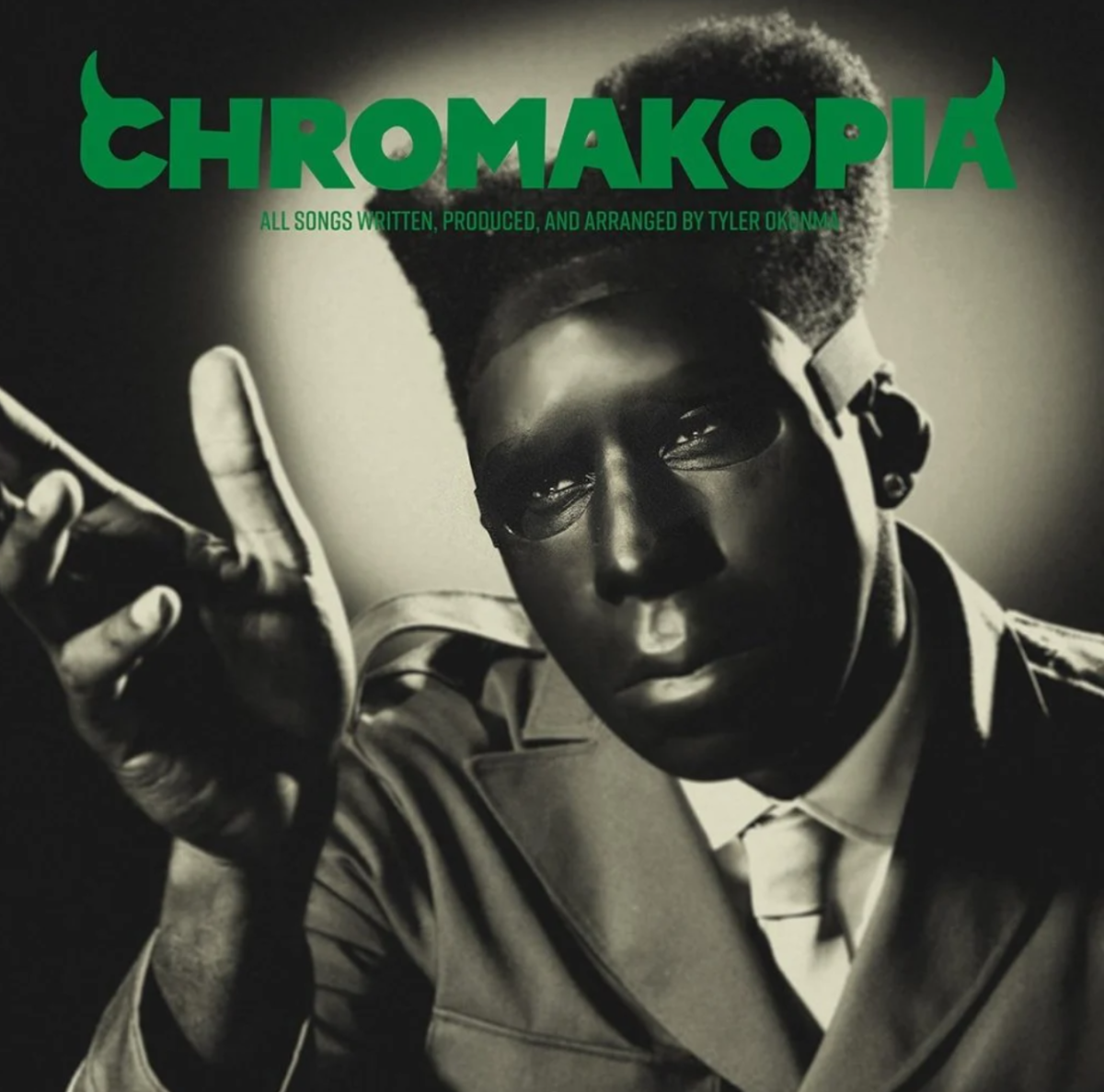
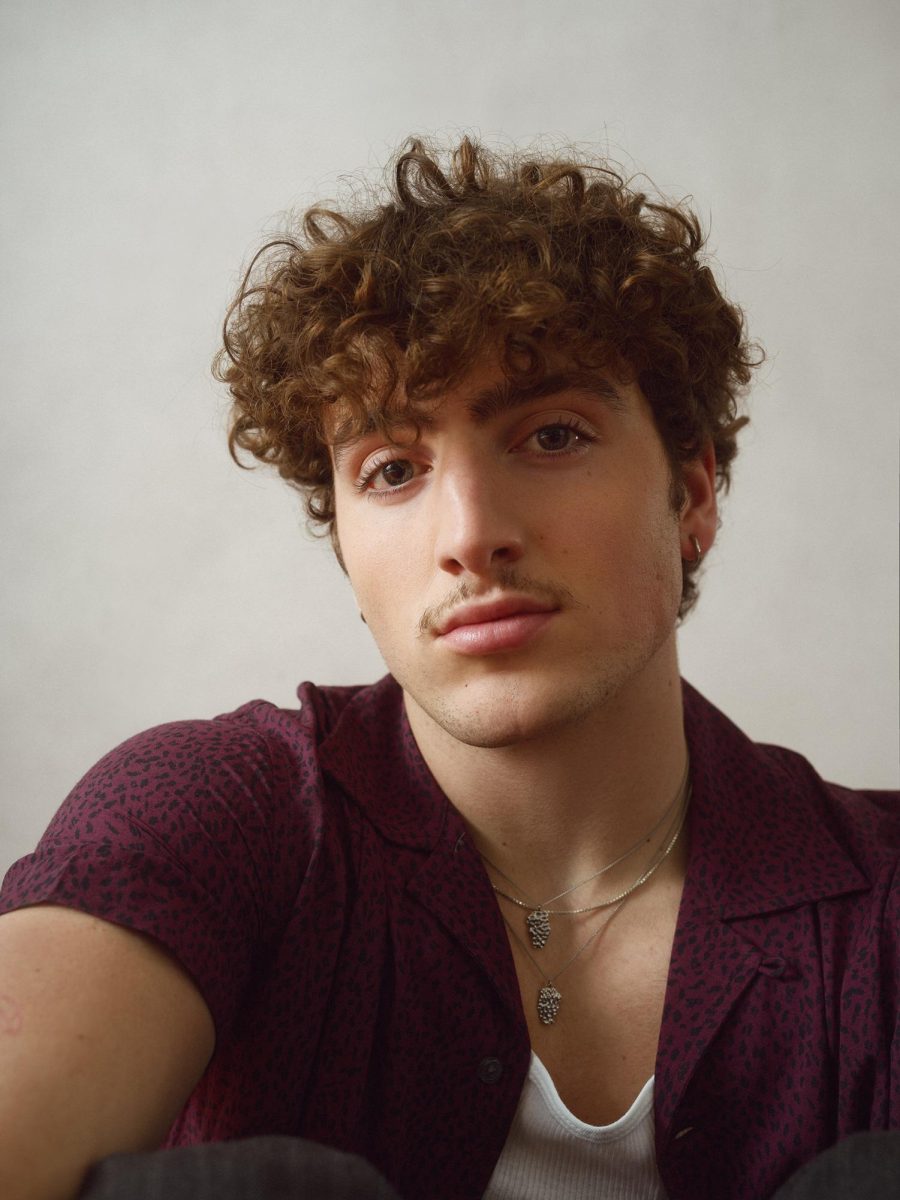





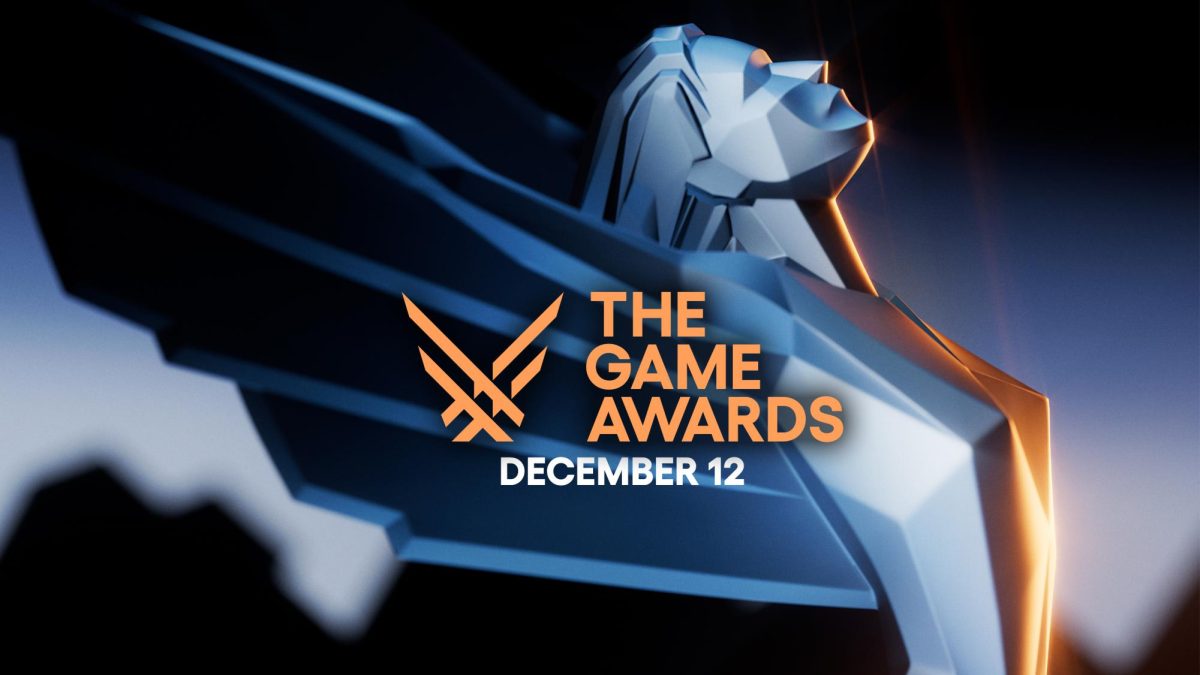
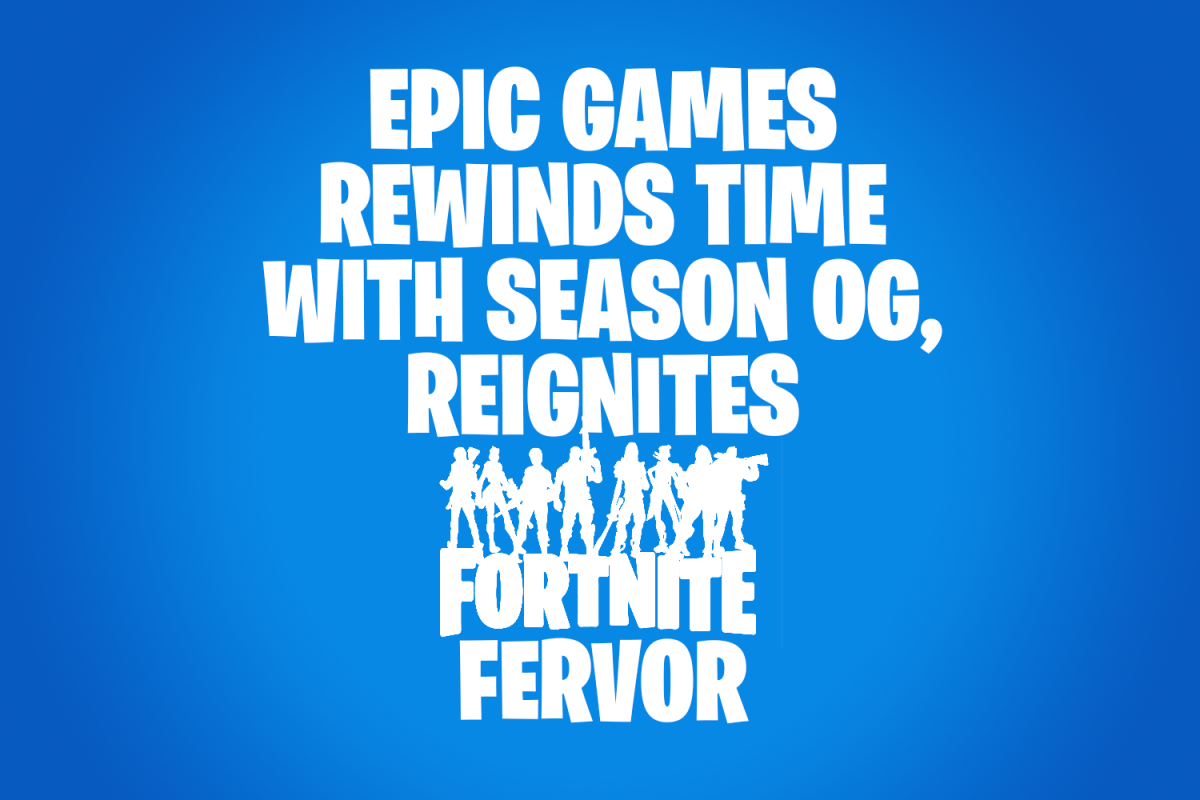
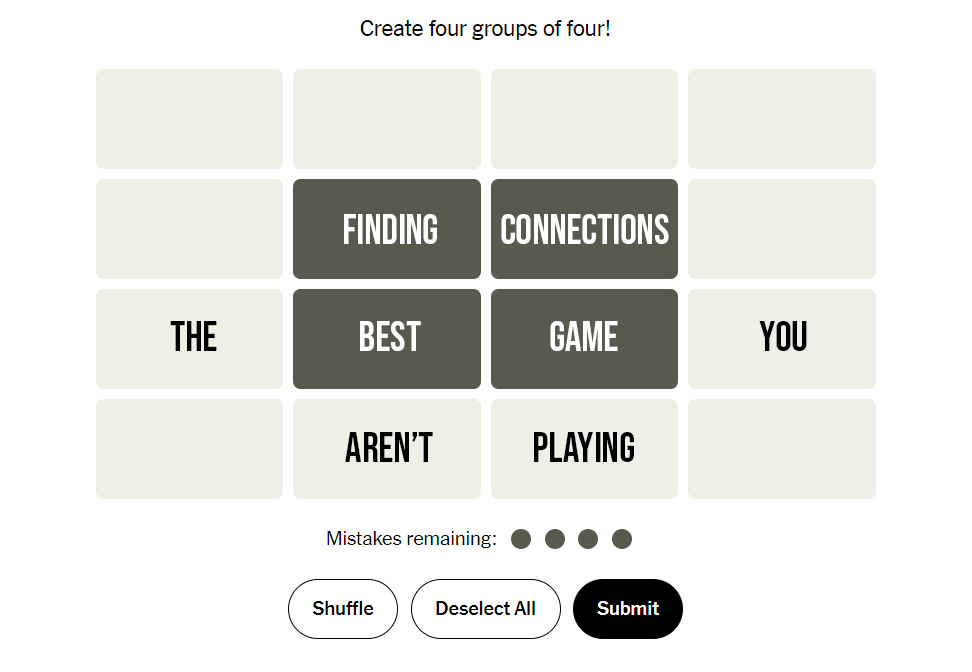



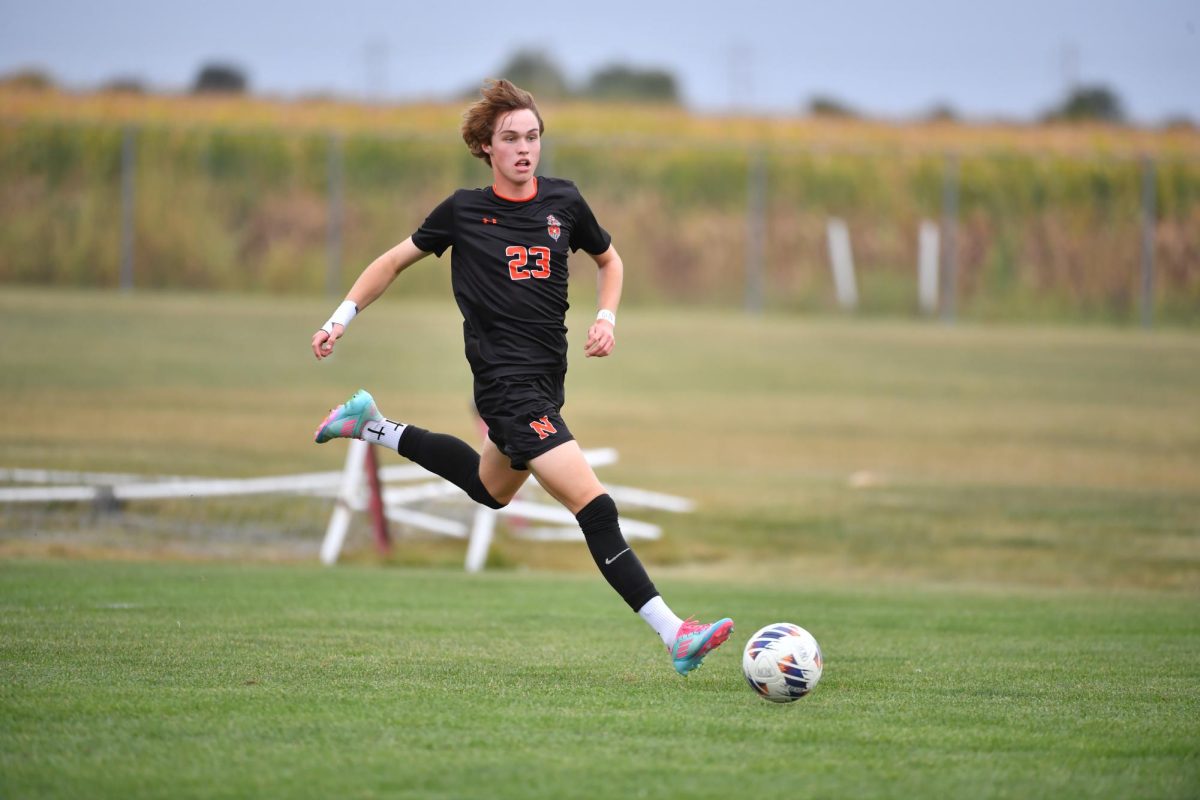

![Ironmen volleball head coach Ms. Christine Konopasek recorded her 400th career victory Oct. 21 as the Ironmen closed their regular season with a 2-0 sweep over Danville.
[Photo Illustration]](https://nchsinkspot.com/wp-content/uploads/2025/10/Vball400Thumb.png)

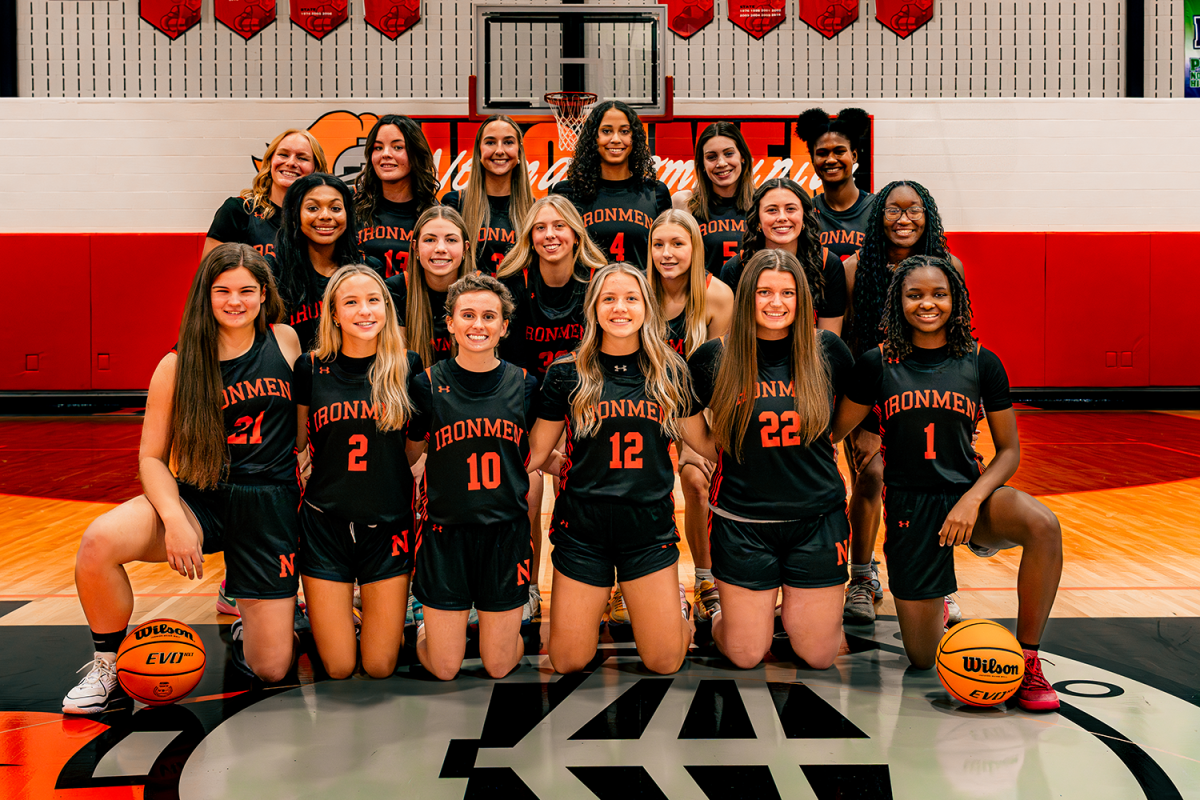



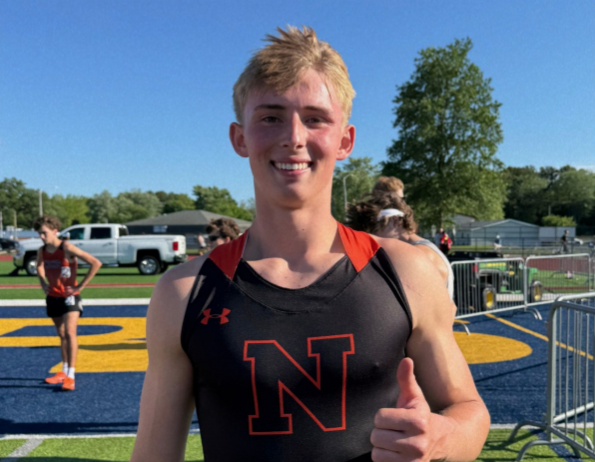


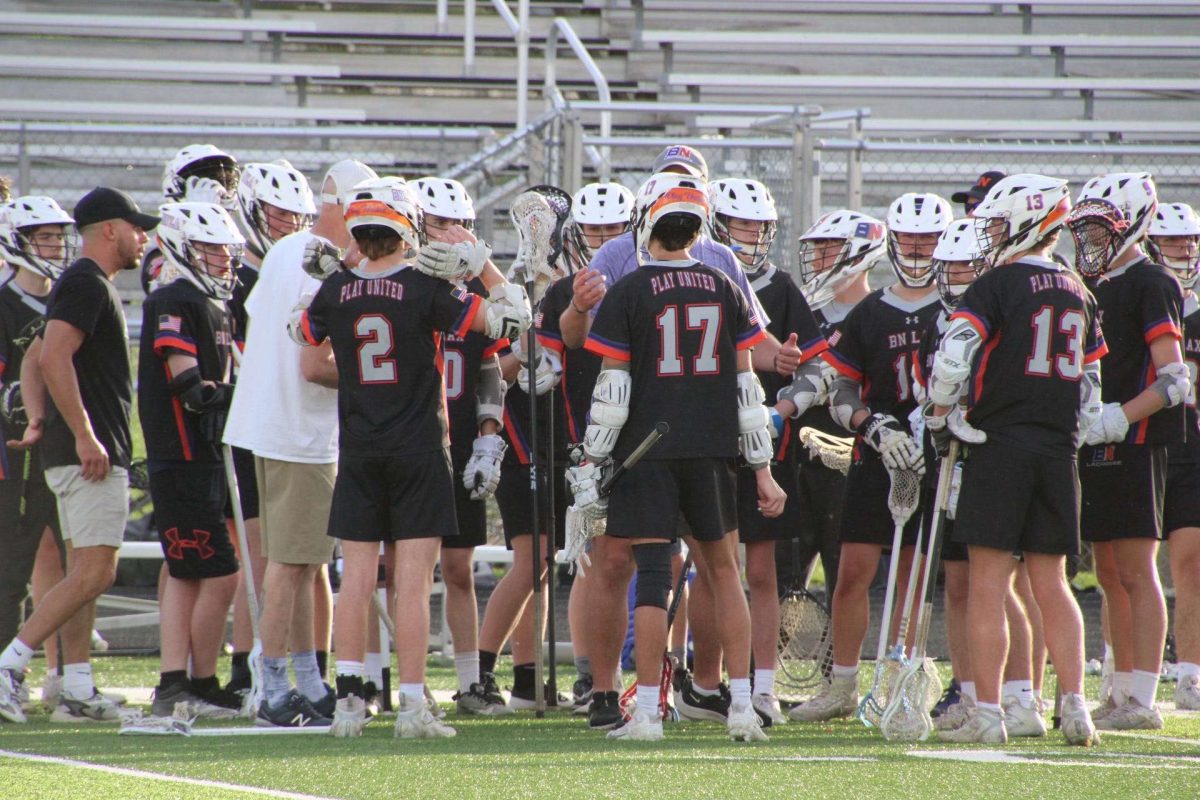
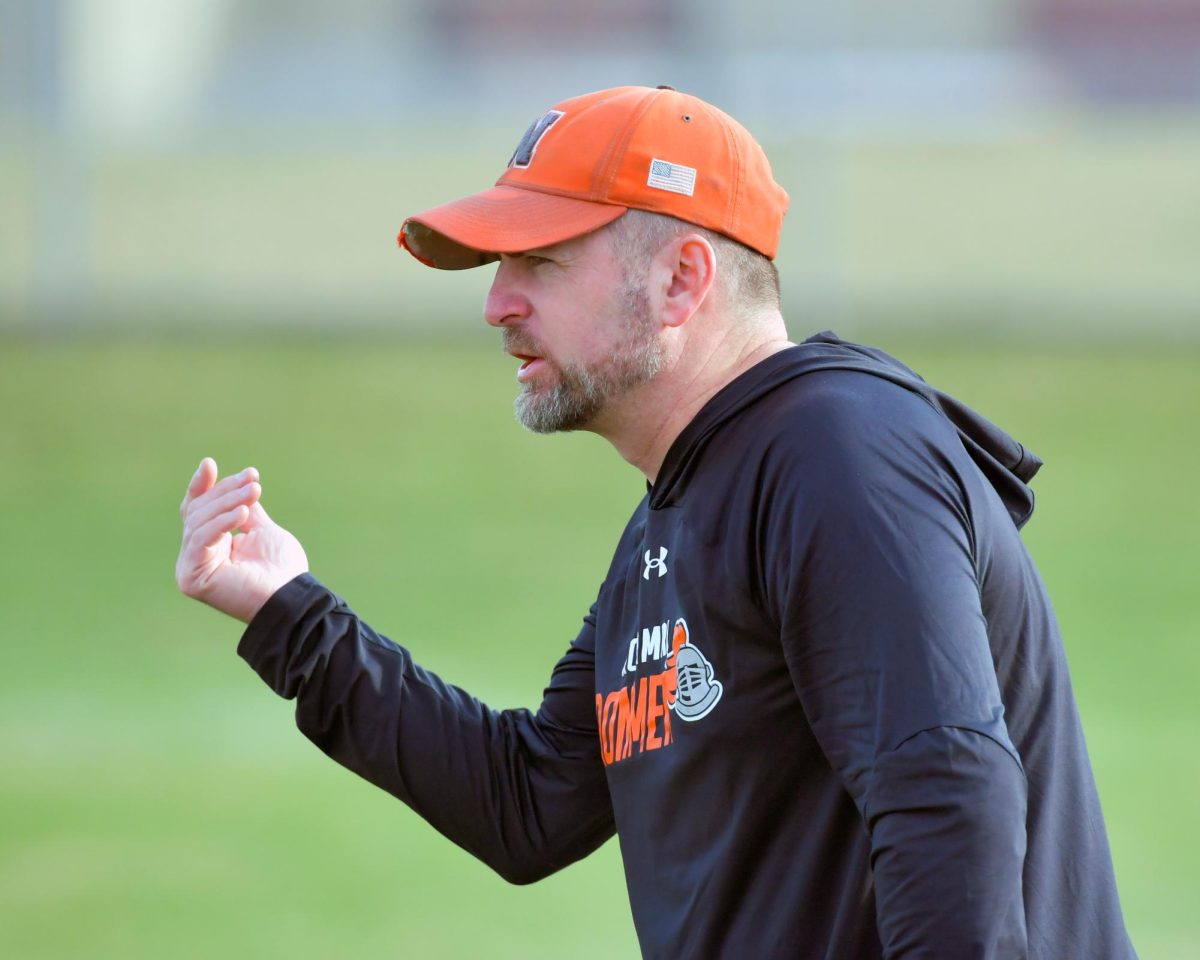

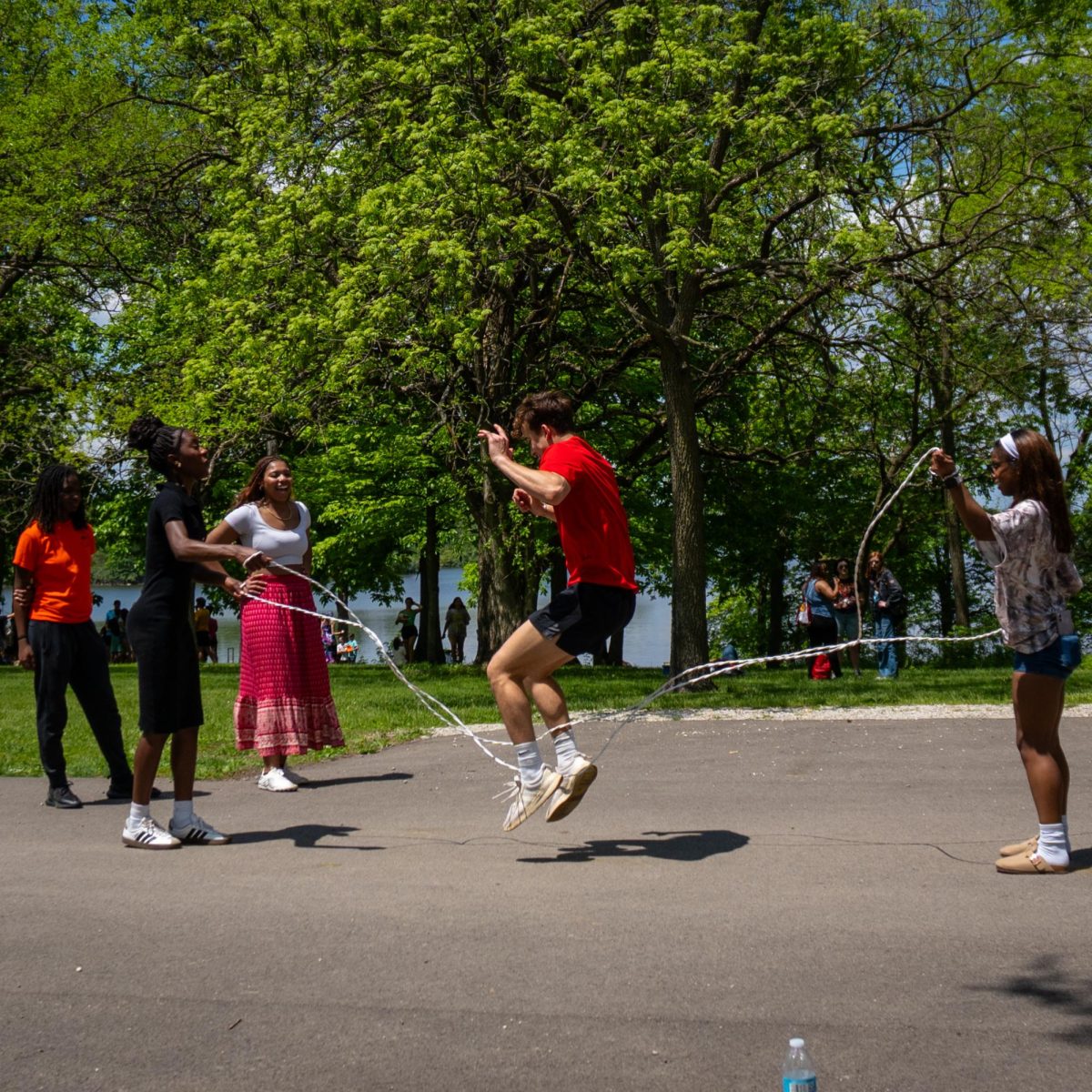
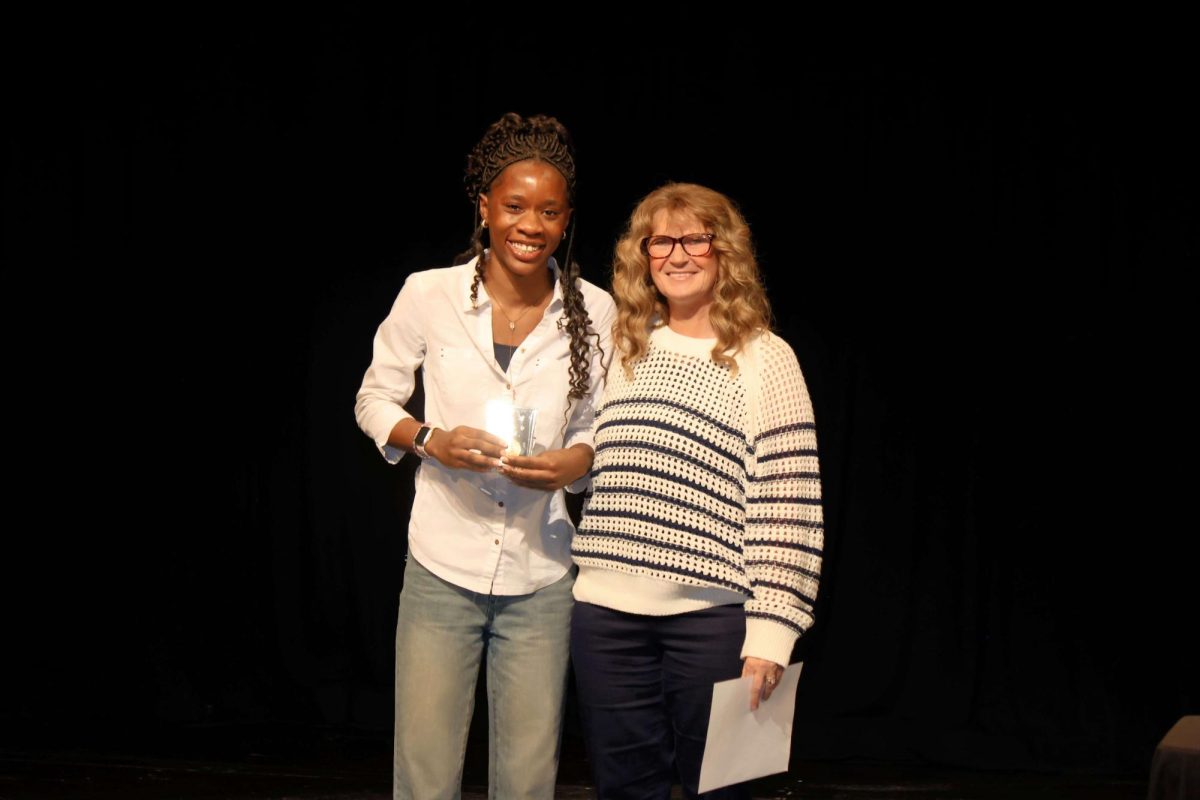

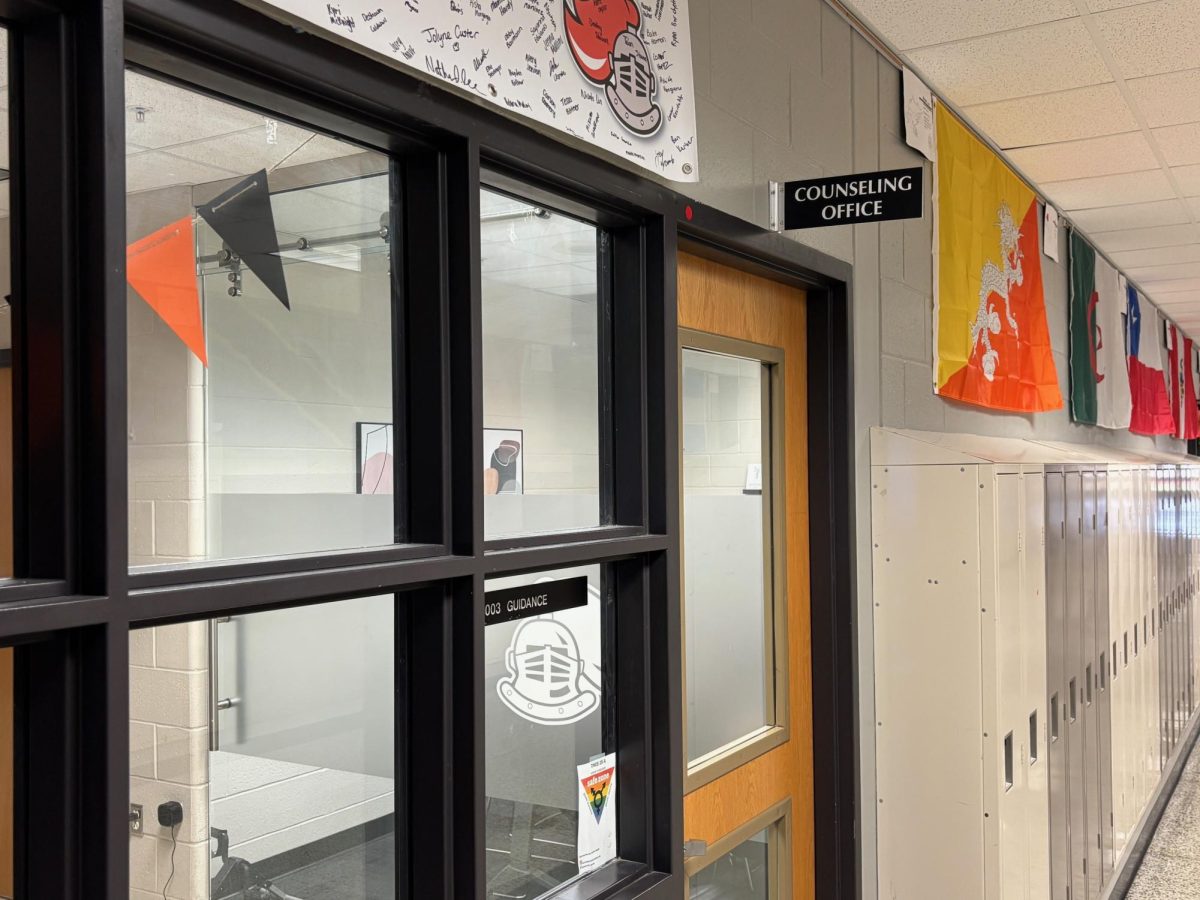

![Halloween candy cross section quiz [quiz]](https://nchsinkspot.com/wp-content/uploads/2022/10/Candy-cover-big-900x675.png)
![Average Jonah? [quiz]](https://nchsinkspot.com/wp-content/uploads/2022/05/average-jonah-900x600.png)


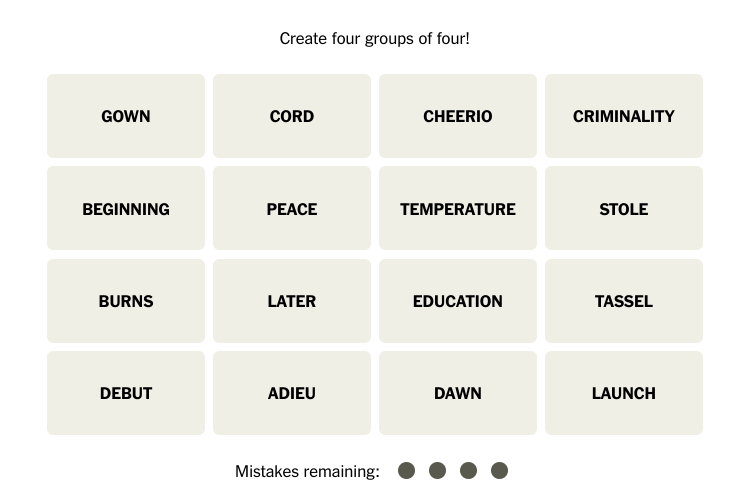
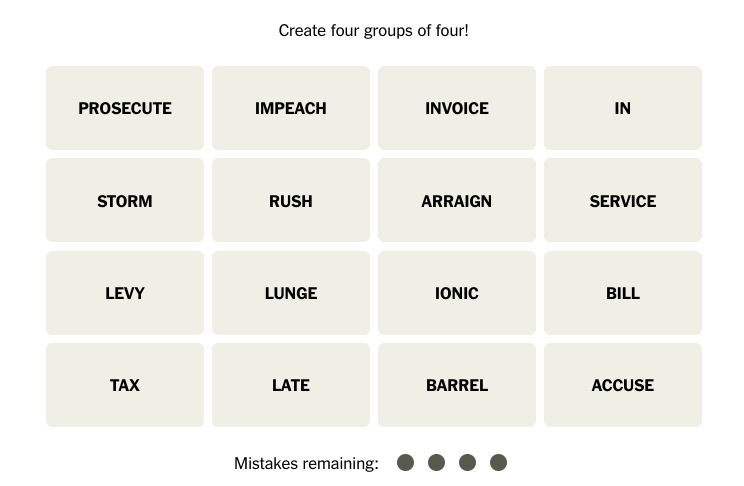


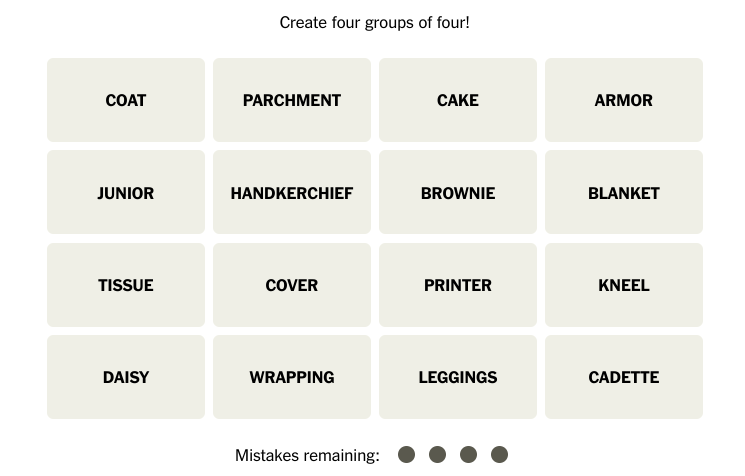
![[Photo Illustration]](https://nchsinkspot.com/wp-content/uploads/2025/09/trigger-words-1.png)





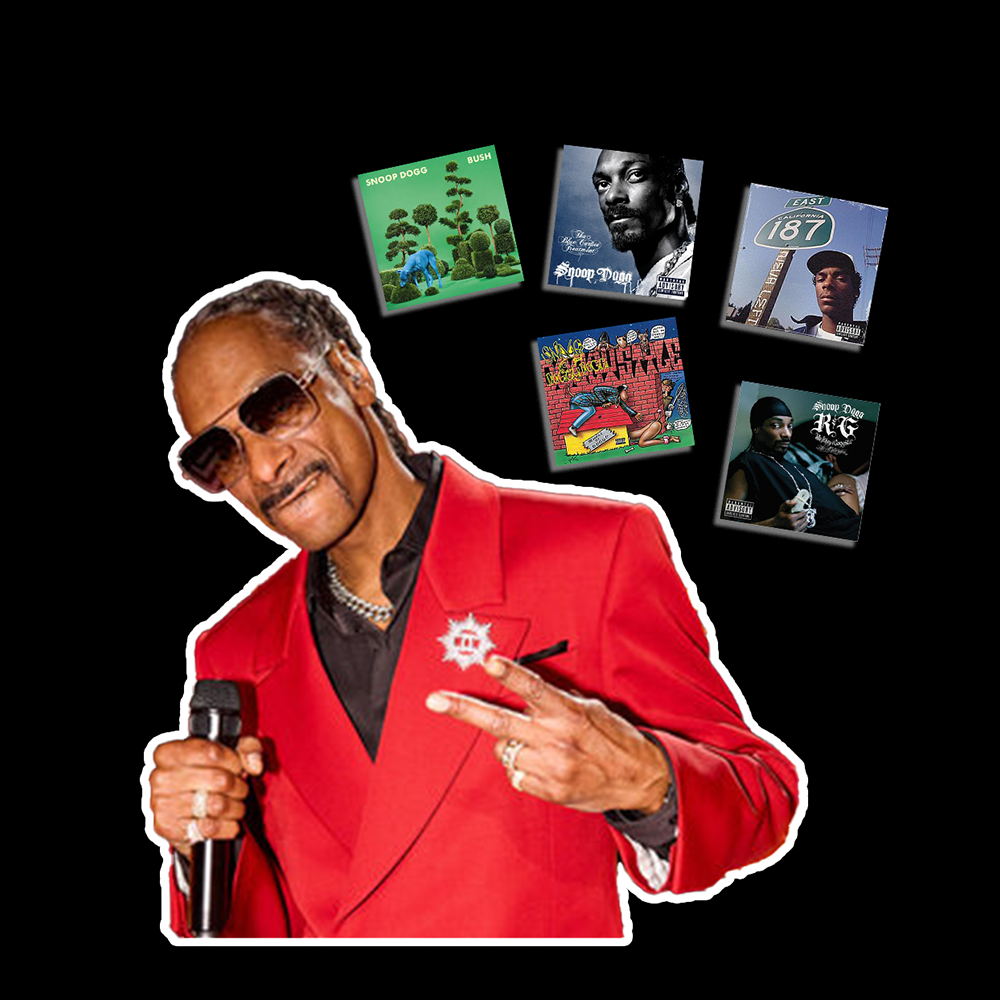




![Week 9: Coach Drengwitz on Week 8’s win, previewing Peoria High [video]](https://nchsinkspot.com/wp-content/uploads/2025/10/W9_PeoriaThumb.png)
![Postgame: Drengwitz on Community’s 56-6 win over Champaign Centennial; staying unbeaten in Big 12 [video]](https://nchsinkspot.com/wp-content/uploads/2025/10/10.17_FBwChampCent56-6_POST_thumb.png)
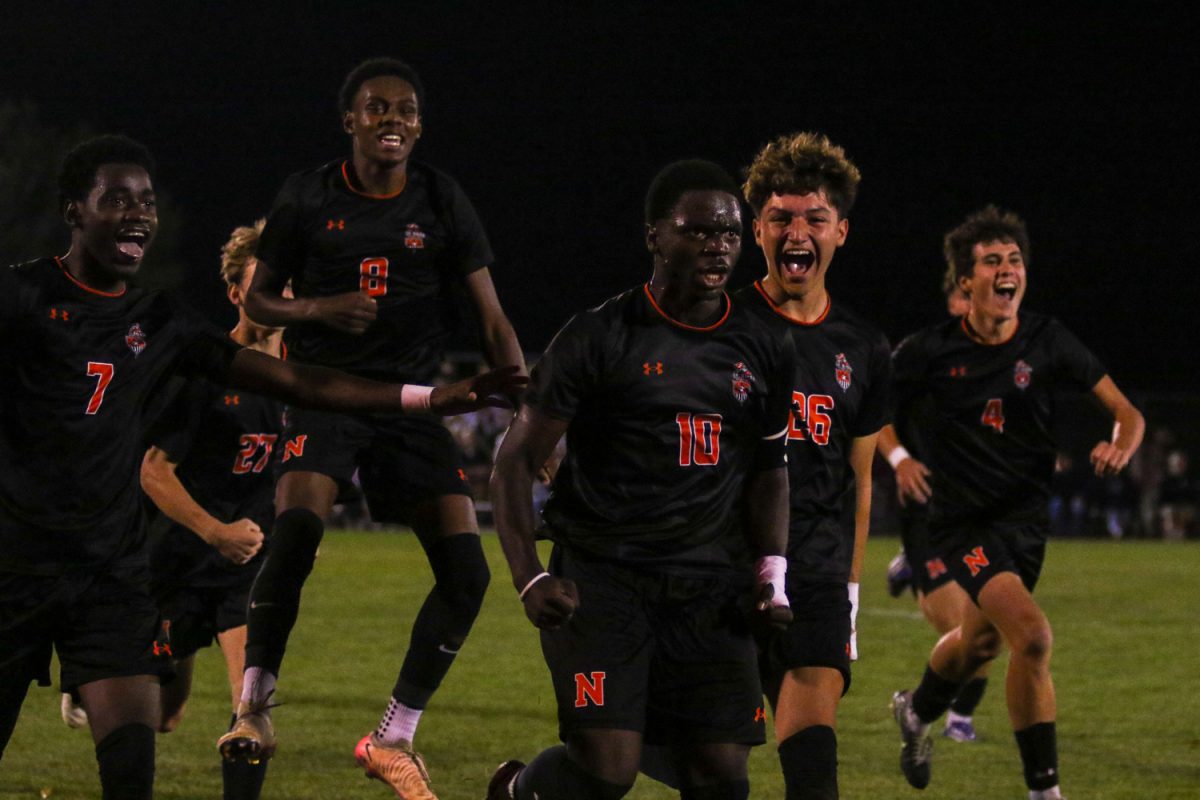

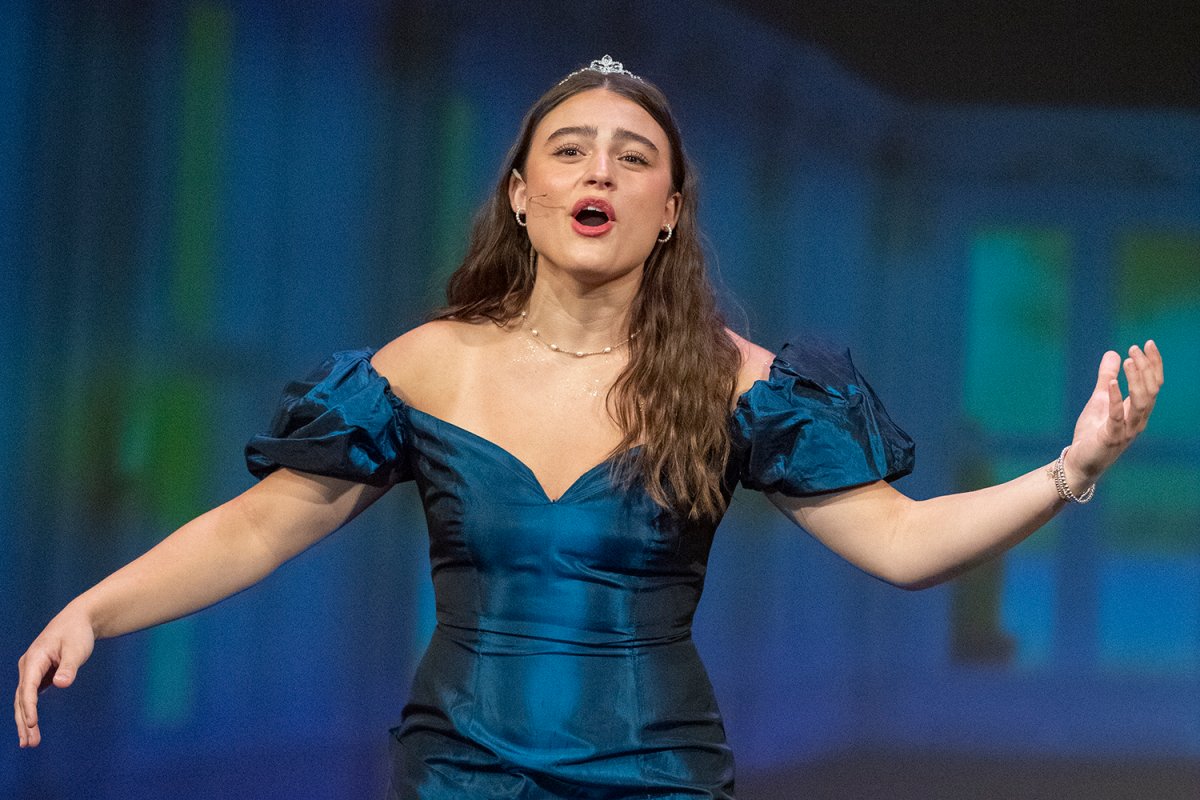




![Week 7: Coach Drengwitz recaps the Ironmen’s win over Bloomington, talks Danville [video]](https://nchsinkspot.com/wp-content/uploads/2025/10/Vikings-feature-Image-1200x675.png)
![On the Spot: This or That – Halloween [video]](https://nchsinkspot.com/wp-content/uploads/2024/10/tot-Halloween-YT-1200x675.png)
![On the Spot: This or That – Fall favorites [video]](https://nchsinkspot.com/wp-content/uploads/2024/10/ots-fall-web-1200x800.png)
![On the Spot – Teachers tested on 2023’s hottest words [video]](https://nchsinkspot.com/wp-content/uploads/2024/01/On-the-Spot-Teachers-tested-1200x675.png)


